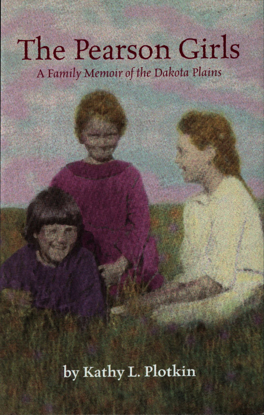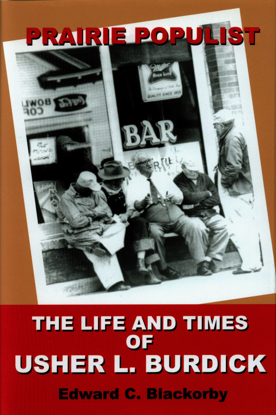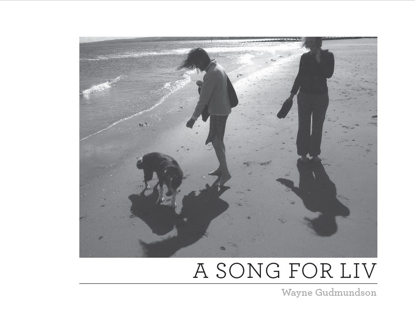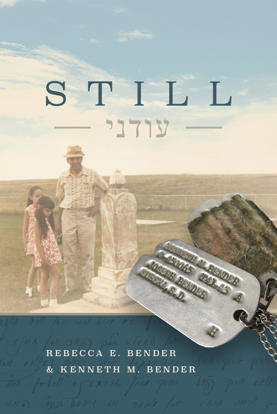Products tagged with 'memoir'
Night We Landed on the Moon: Essays between Exile & Belonging
Fans of Debra Marquart’s landmark memoir, The Horizontal World, will rejoice over the publication of The Night We Landed on the Moon—shapeshifting essays that travel from the blizzardy Midwest to sweltering Siberia, from a flooding Michigan basement to the panic-inducing Paris Catacombs, from her life as a rebellious farmer’s daughter to hard rock musician to professor and poet laureate. Every page is full of story and insight, laced with wit, as Marquart meditates on the hungers of home and wanderlust, the way her Germans-from-Russia family is "preserved in their hyphenations," the poetic strangeness of basketball, the insidiousness of fracking boomtowns, and the ironies of a nostalgia called heimat. The individual essays are astonishing, the collection as a whole profound.” —K. L. Cook, author of Marrying Kind and The Art of Disobedience
Pearson Girls, The
The real-life story of five spunky, beautiful sisters born to the rigors of homesteading on the North Dakota prairie.
By: Kathy L. Plotkin
Prairie Populist: The Life & Times of Usher L. Burdick
Usher L. Burdick was a powerful and colorful character in North Dakota's political history. Blackorby has written a fascinating and valuable analysis of the forces at work in Usher Burdick's public and private history.
By: E.C. Blackorby.
Price Per Barrel: The Human Cost of Extraction (limited edition paperback)
First responders, once called to duty, refuse to abandon their posts, even when their towns change around them. They rise far and above their job descriptions, putting aside their own PTSD until the boom is over. But the trauma they endure at the hands of newcomers and outsiders is real, persistent, and contagious. Emergency response is the kind of work that will change a person, the kind of work that leaves an indelible mark. Each person in that profession finds some way to cope with the horrors of mankind. Or, they don’t survive.
Robin Lynn Behl's means of coping was to drive. For years, she drove long distances across the country, across the continent, until she had seen all fifty states and every province in Canada. Her years on the road included six months living in her truck and talking to the people on the front lines. Along the way, she ran into friends--her brothers and sisters—in the badge. She found the other people who were still doing the work she had done, and they started to tell her their stories. By telling their story, she can tell hers, and maybe be rid of the burdens.
Song for Liv, A
“A Song for Liv by Wayne Gudmundson is a love letter to his daughter, Liv. Serendipitously, the modern Nordic name Liv also means ‘life.’ As well as a gift to his daughter, A Song for Liv, is a personal meditation on place, the search for personal and ethnic identity, and the complexities therein, much of which is located in the mists (and myths) of time with only the ancient landscapes of those stories remaining. Combining travel notes, Icelandic history and lore, and family relationships, Gudmundson’s form here—best characterized as hybrid—weaves a tapestry that is at once inviting and accessible, each page entry a stanza-like lyric of the larger song."
—Thom Tammaro, three-time Minnesota Book Award recipient and author of When the Italians Came to My Home Town and Italian Days & Hours
“Written as a gift from a father to his daughter, A Song for Liv gathers up what wisdom and understanding a father can offer. His story begins its search for ancestral places in the Faroe Islands, where Gudmundson explores his investment in the larger Scandinavian world, having claimed a portion of the Faroes as his own. The narrative of the Norse invasion of Scandinavia continues on through Iceland to Canada to the settlement of Gimli, Manitoba, and from there to a small church in North Dakota, the home of Gudmundson’s grandparents and the protean poet K.N., whose spirit hovers over the entire narrative.”
—David Arnason, writer, professor, and Viking from Gimli, Manitoba
Still
More than four hundred Russian and Romanian Jewish homesteaders settled on about eighty-five farms in McIntosh County, North Dakota, beginning in 1905. After clearing rocks and boulders, growing wheat and flax, raising cattle and chickens, and selling cream from their sod houses, most were successful enough to own their own land.
Still is a history of five generations, a family we meet first as they flee Odessa and last as they make their ways as American Jews . . . and as Dakota farmers, as students and storekeepers, as soldiers and lawyers, and even as a teen in an international competition who stands face-to-face with Netanyahu. Rebecca Bender and Kenneth Bender answer the question recently posed to Rebecca by a newspaper reporter: Are you still Jewish?
Paperback, 370 pp





























